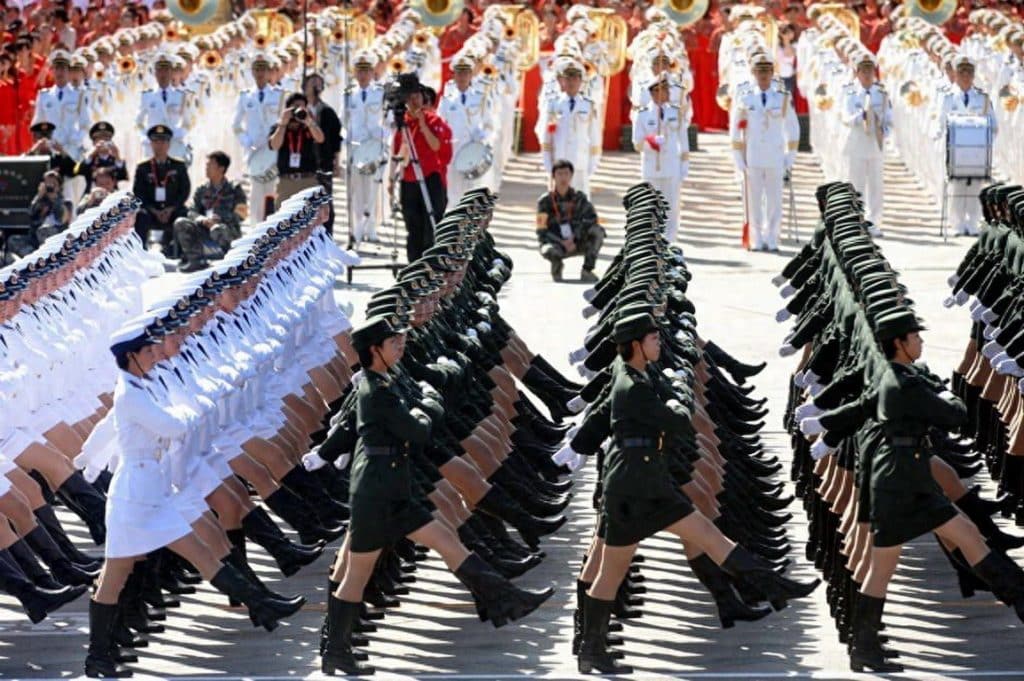China’s recently launched K Visa program has quickly become a headline topic in Indian media. The reason is clear: it offers flexibility, simplified requirements, and a focus on overseas STEM talent. Many in India even compared it favorably to the U.S. H1B, calling it “more sincere.” At the same time, some Chinese netizens voiced concerns that this move could turn China into “the next Canada.”
According to Reuters, starting from October 1, the K Visa will be available to young foreign professionals in STEM fields (science, technology, engineering, and mathematics) who are studying or working at recognized universities or research institutions, whether in China or abroad.
Applicants only need to hold a bachelor’s degree or higher or be actively engaged in relevant academic or research work. Notably, no job offer or employer sponsorship is required, and the visa provides more generous entry allowances and validity compared to other categories.
This policy comes just as the Trump administration announced a $100,000 annual surcharge for H1B visas, discouraging many Indian IT workers. By contrast, China’s K Visa eliminates the sponsorship barrier, making it an attractive option for Indian STEM professionals.
An Indian student at Sichuan University, Bikash Kali Das, commented: “For Indian professionals seeking a flexible and convenient visa option, this is a very appealing choice.” In 2023, 71% of H1B visas went to Indian applicants, underscoring the scale of potential interest.
However, the move also raised concerns among Chinese citizens who worry about job competition and the possibility of an “Indi-nada” situation, suggesting China might follow Canada’s footsteps in absorbing large inflows of skilled migrants.
Canada Enters the Talent Race
Interestingly, it was Canadian Prime Minister Pierre Poilievre who indirectly addressed these concerns. In a recent interview, he praised foreign STEM professionals as “highly skilled, motivated, and hardworking,” adding that their arrival represents Canada’s opportunity. He even joked: “I know you’re adjusting your visa policies—maybe we’ll keep one or two for ourselves.”
Canada has been actively competing for global tech talent in recent years. For many foreign workers, securing a Canadian work permit is often the stepping stone to permanent residency, since local work experience boosts their competitiveness in economic immigration programs.
Canada’s system includes two main work permit streams: the Temporary Foreign Worker Program (TFWP) and the International Mobility Program (IMP).
- The TFWP requires employers to undergo a Labour Market Impact Assessment (LMIA) to prove no harm to local workers, with a dedicated Global Talent Stream designed to fast-track STEM hires in as little as two weeks.
- The IMP allows LMIA exemptions, easing entry for specialized talent.
In September 2024, Canada’s immigration authority introduced an “Innovation Stream” work permit, allowing applicants with job offers from eight designated high-growth companies to bypass LMIA requirements.
Meanwhile, the 2023 H1B Open Work Permit pathway—with 10,000 slots filled in just one day—demonstrated the overwhelming demand. Additional pathways, such as intra-company transfers and the Express Entry system, further strengthen Canada’s appeal. Since 2023, Express Entry also added category-based draws, prioritizing STEM professionals with lower entry thresholds.
Yet, not all Canadians are enthusiastic. With unemployment on the rise, some citizens worry about increased competition in an already tight job market. Critics argue that if the U.S. is raising H1B barriers to protect local workers, why should Canada move in the opposite direction?
Conclusion
The introduction of China’s K Visa highlights the intensifying global competition for STEM talent. While India views it as a potential alternative to the H1B, concerns within China mirror debates already happening in Canada: how to balance economic growth, innovation, and local employment pressures.
As countries like China and Canada race to attract skilled professionals, the real question remains whether these policies can deliver long-term benefits without fueling domestic backlash.
References
- Reuters reporting on China’s K Visa policy
- Canadian government immigration program details



